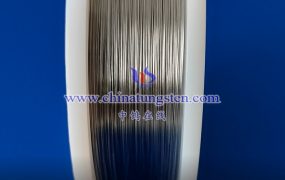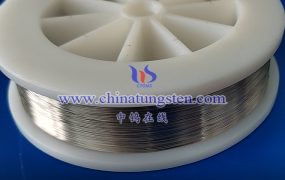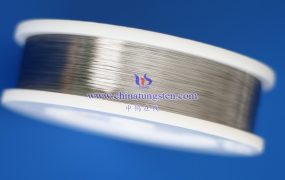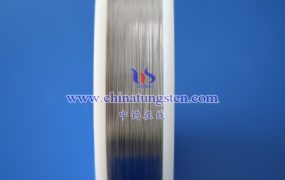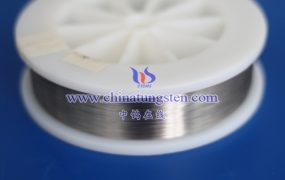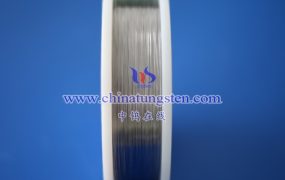When producing tungsten wire, it is crucial to control its microstructure, because the microstructure directly affects the performance and application effect of tungsten wire. The following are some key methods to control the microstructure of tungsten wire:
- Raw material selection and processing
High-purity tungsten powder: Select high-purity tungsten powder as raw material to reduce the impact of impurities on the microstructure. High-purity tungsten powder helps to obtain a more uniform and finer grain structure.
Powder processing: The tungsten powder is fully mixed and homogenized to ensure that a uniform microstructure is obtained during subsequent processing.
- Control during processing
Pressing and sintering:
During the pressing process, the size and distribution of the pressure should be controlled to ensure that the tungsten wire raw materials can be tightly combined and reduce the formation of pores and cracks.
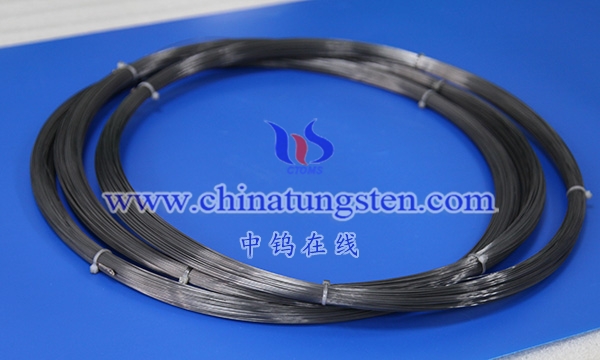
During the sintering process, the sintering temperature and holding time should be accurately controlled to promote the full sintering of the tungsten powder and the uniform growth of the grains.
Drawing and annealing:
During the drawing process, the drawing speed and deformation should be reasonably controlled to avoid excessive stress leading to grain breakage and microstructural disorder.
Annealing can eliminate the internal stress and defects generated during the drawing process, improve the uniformity of the grains and the stability of the microstructure. The control of annealing temperature and time is crucial. Excessive temperature or too long time may lead to excessive growth of grains.
- Microstructure regulation technology
Grain refinement:
The grain structure of tungsten wire can be effectively refined by adding appropriate amounts of alloying elements or compounds (such as ZrC, TiC, Y2O3 and La2O3). These additives can pin the movement of grain boundaries, thereby inhibiting the growth of grains.
Grain refinement can also be achieved by using severe plastic deformation techniques (such as equal channel angular extrusion, high pressure torsion, etc.).
Layered microstructure construction:
Layered microstructures can be constructed in tungsten wires through specific processing techniques (such as rapid two-step low-temperature sintering and high-energy forging treatment). This structure includes layered elongated matrix grains, a large number of fine subgrains inside, and high-density mixed dislocations, which helps to improve the low-temperature ductility and high strength of tungsten wire.

- Quality Inspection and Control
Microstructure Analysis:
Advanced equipment such as metallographic microscope, scanning electron microscope, transmission electron microscope and X-ray diffractometer are used to characterize and analyze the microstructure of tungsten wire. These equipment can provide detailed information on grain size, shape, distribution and defects.
Performance Testing:
Tungsten wire is tested for mechanical properties (such as tensile strength, elongation, etc.) and electrical properties (such as resistivity, etc.) to verify whether its microstructure meets the expected requirements.
More details of tungsten wires, please visit website: http://tungsten.com.cn/tungsten-wires.html
Please contact CHINATUNGSTEN for inquiry and order of tungsten needles:
Email: sales@chinatungsten.com
Tel.: +86 592 5129595
